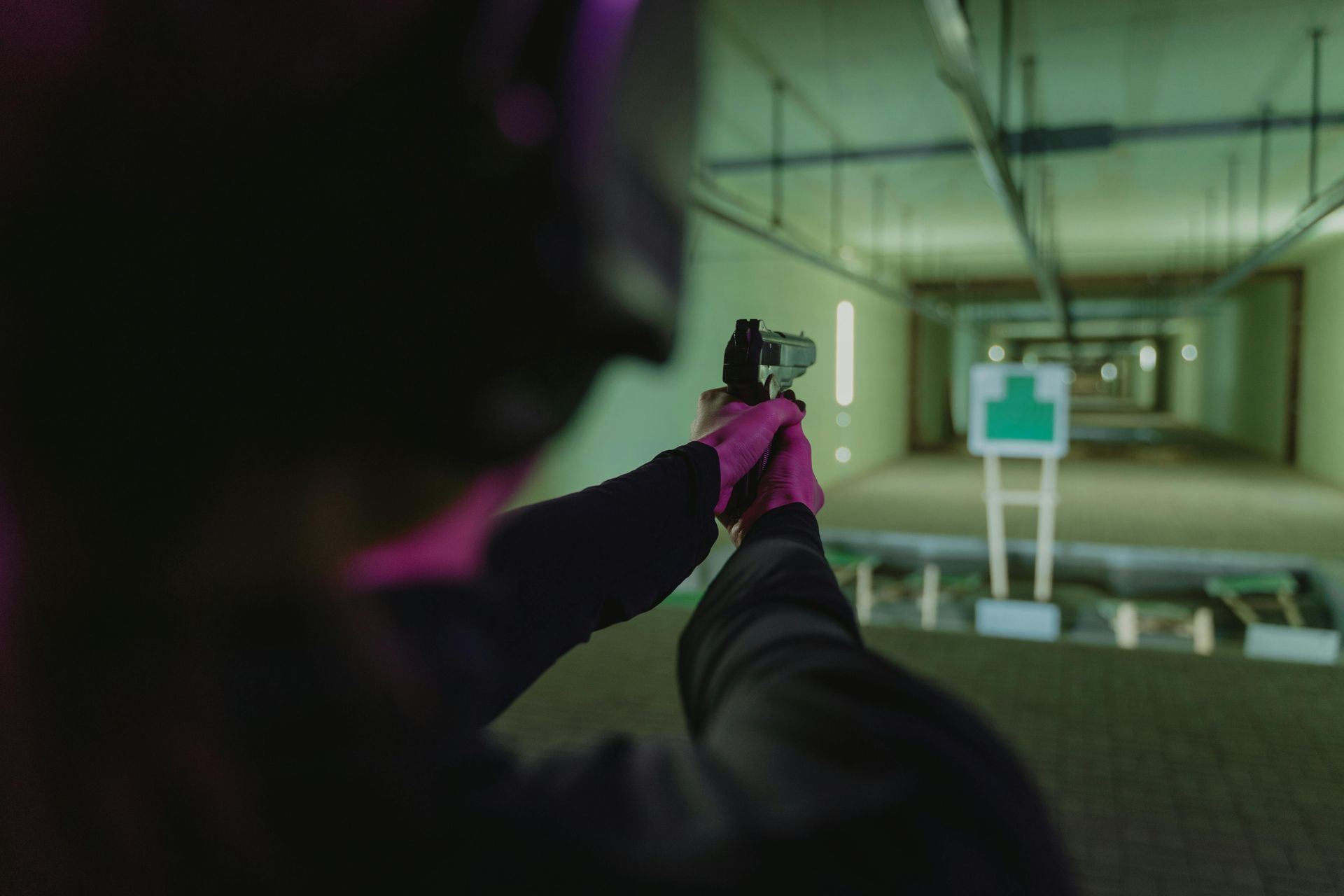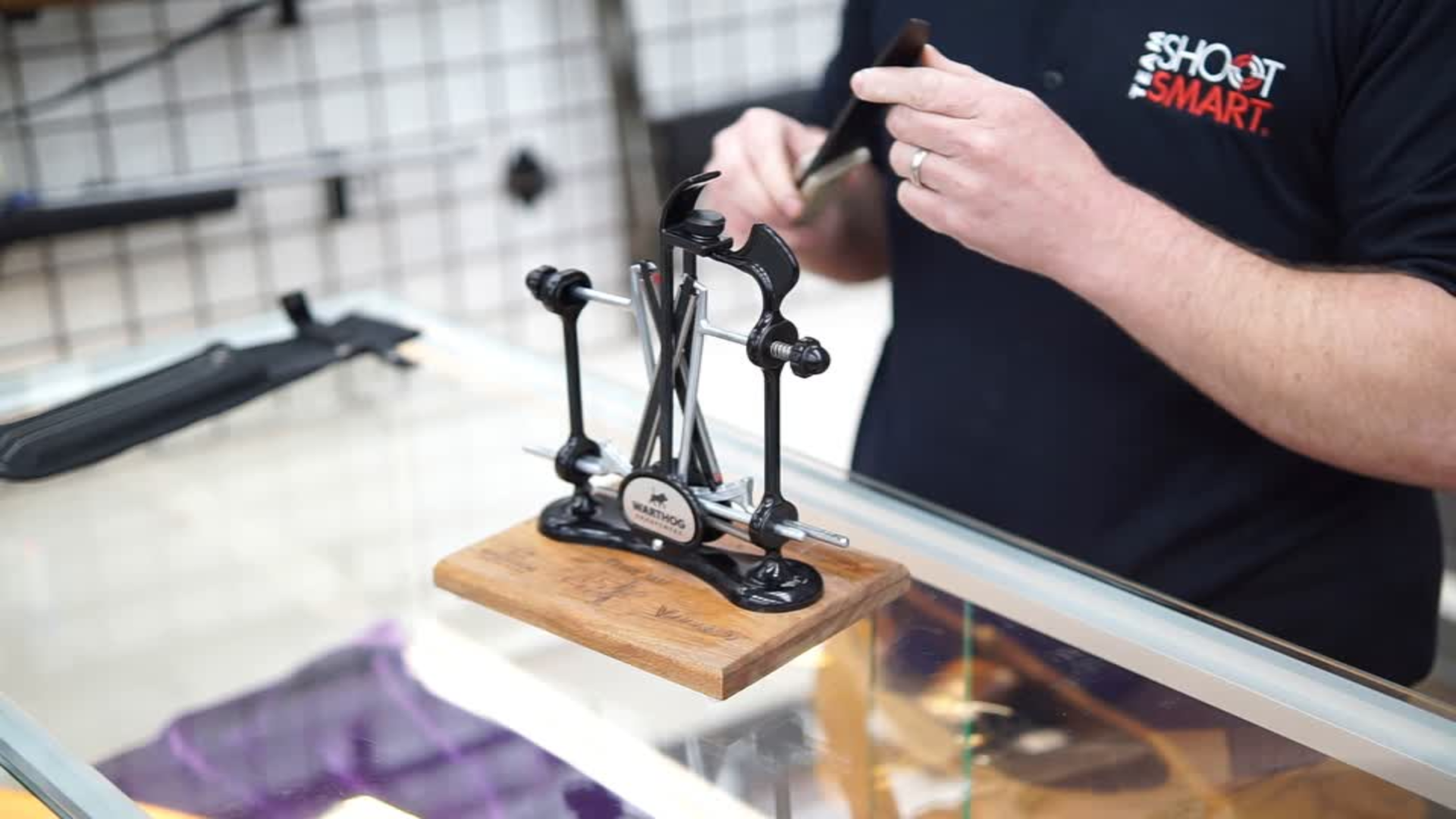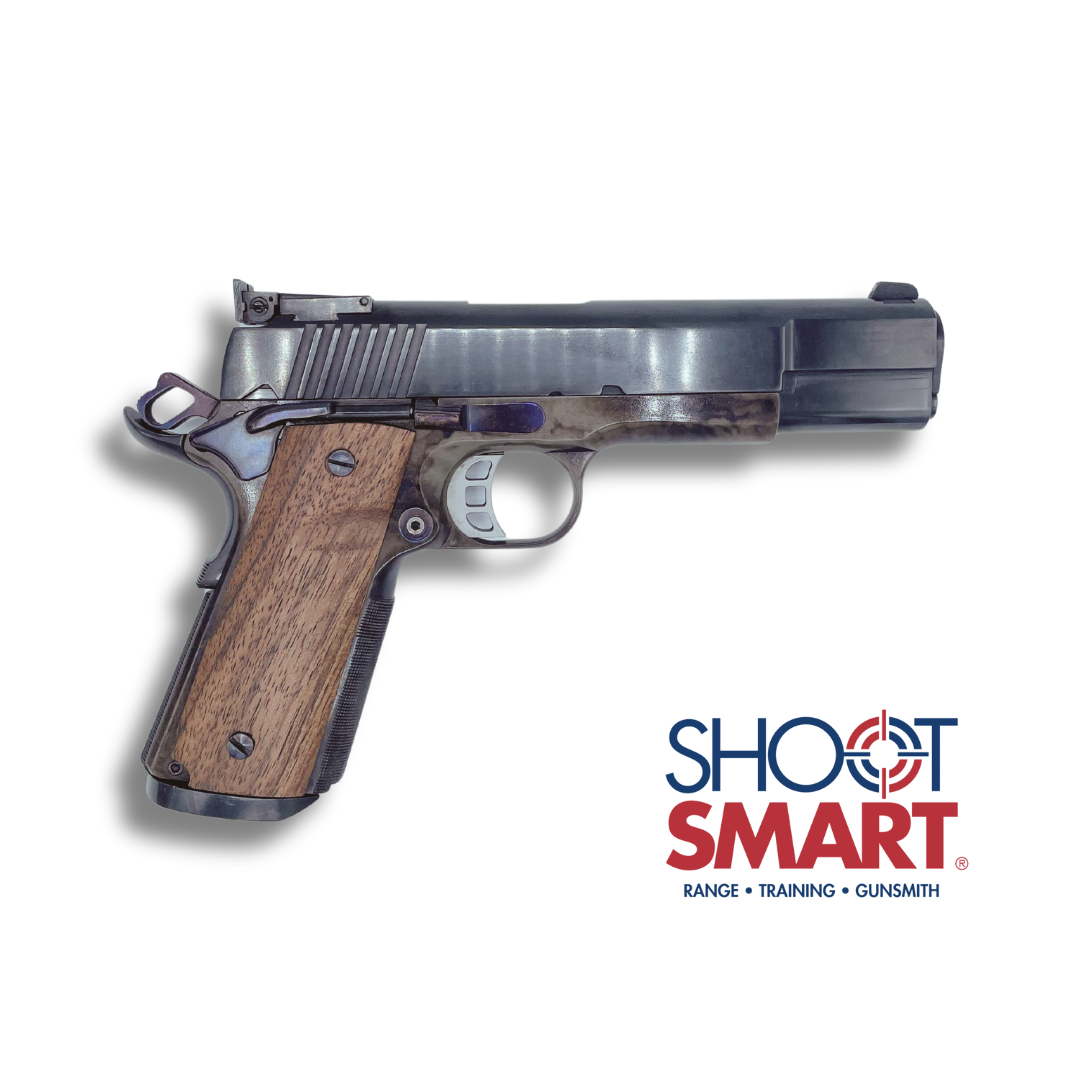TEN TIPS FOR FIREARM SAFETY IN YOUR HOME
TEN TIPS FOR FIREARM SAFETY IN YOUR HOME
Christmas is only eleven days away. And I’m sure like every year, numerous adults and kids will be unwrapping their first firearm. But not all of those new firearm owners are familiar with proper and safe firearm storage at home. Fortunately, our National Shooting Sports Foundation friends have written up Ten Tips for Firearm Safety at Home.
- Always keep the firearm’s muzzle pointed in a safe direction. A “safe direction” means that the gun is pointed so that even if an accidental discharge occurred, it would not result in injury.
- Always keep your finger off the trigger until you actually intend to shoot. When handling a gun, rest your finger outside the trigger guard or along the side of the gun. Don’t touch the trigger until you are actually ready to fire.
- Firearms should be unloaded when not actually in use. Whenever you pick up a gun, such as when removing it from or returning it to storage, remember to point it in a safe direction and make sure it is unloaded.
- Be sure you know how your firearm operates: read the manual on your firearm, know how to safely open and close the action of the firearm and know how to safely remove any ammunition from the firearm and its magazine.
- Store your firearms in a locked cabinet, safe, gun vault or storage case when not in use, ensuring they are in a location inaccessible by children and cannot be handled by anyone without your permission.
- Store your ammunition in a locked location separate from firearms.
- Use a gun locking device that renders the firearm inoperable when not in use. A gun lock should be used as an additional safety precaution and not as a substitute for secure storage.
- Make sure young people in your home are aware of and understand the safety guidelines concerning firearms. Have them sign the Project ChildSafe Pledge for young people—a reminder that if they find an unattended firearm in their home or a neighbor’s to not touch it, and tell an adult.
- Always unload, clean and place your firearms in their secure storage location immediately after returning from a hunting trip or a day at the range.
- Educate everyone in your family about firearms safety. Visit the Project ChildSafe website for safety information and to find out where to get a free firearm safety kit in your area.
Are you giving a firearm as a gift this year? Why not include the Ten Tips for Firearm Safety at Home in the box? Download a printable version here.
By Cassie Shockey, Customer Programs Manager & LTC Instructor
Recent Posts






